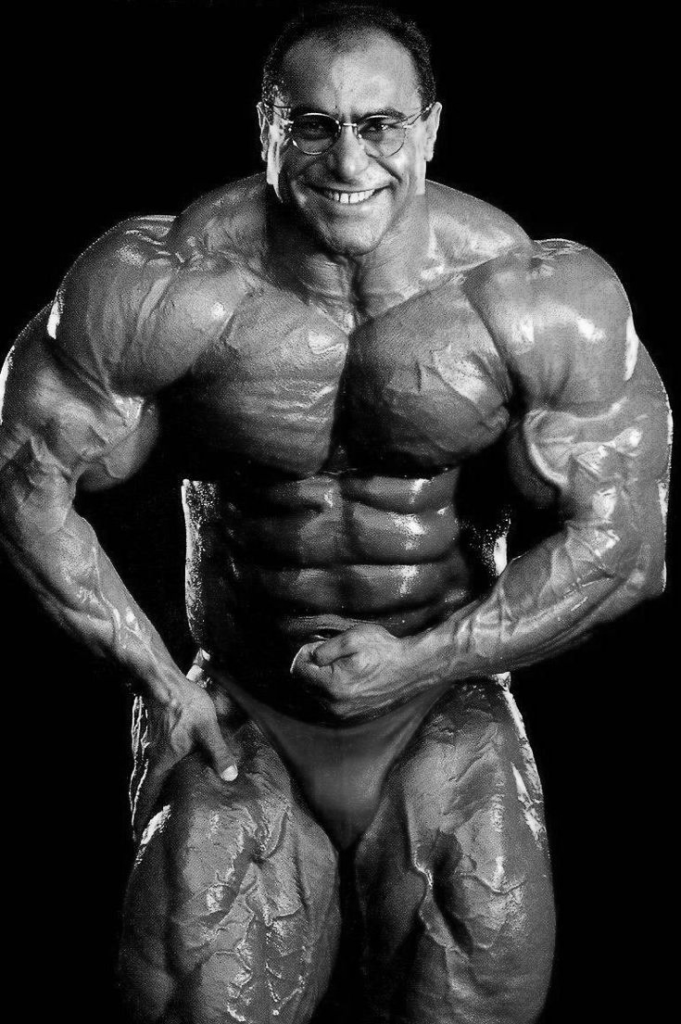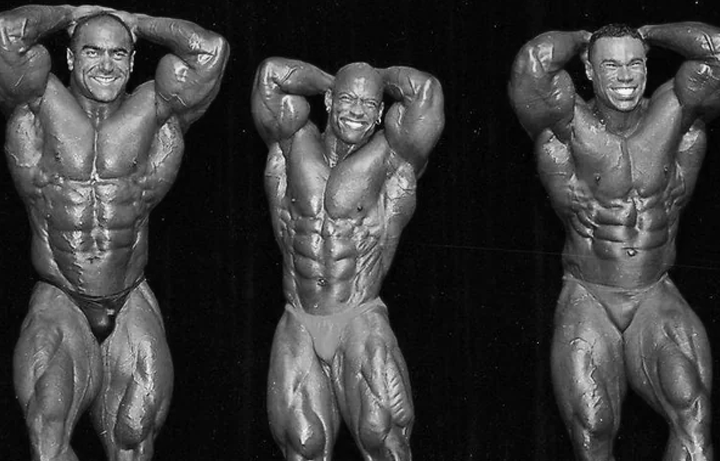Knowing when you have reached muscular failure can be tricky, especially for beginners who have tried to train that way only a couple of times. But today we will learn when you have reached your muscle limits and how to achieve muscular failure.
What is muscular failure?
When going to failure, we should associate ourselves with not being able to perform any more reps in the sets.
Usually, you will experience a burning sensation in the muscle you are exercising, or the muscle won’t be able to lift the same weight any more.
Being able to do even one set is not considered going to absolute failure, so keep in mind that to reach failure, you really must go to a certain extent where you physically cannot move the weight you are doing the exercise with.
How do I achieve muscular failure if I am a beginner?
If you are a beginner, you should have probably realized by now that you do not need to go to absolute muscular failure to achieve great muscle growth. That’s one of the benefits of being a beginner. You really don’t need to go to failure.
Sure, I guess getting close to failure is better than not getting close to failure, but going to absolute failure is pointless for beginners.
That’s why we recommend you go to a point where you can perform 1 or 2 reps in perfect form before achieving complete failure. That way, you can keep the form constant and avoid any kind of injury.

Do you need to achieve failure?
Beginners usually associate failing to perform a perfect rep with good muscle or strength progress, but that is usually not a great indicator for growth. A good example of not getting anything out of failure is performing compound exercises.
When doing compound exercises, you have a risk of injuring your smaller muscle groups that are also activated while performing the exercises. That’s why it is not suggested to go to failure on every exercise, especially compound movements.
Consider going to failure on cables or on machines.
Is going to failure effective on its own?
Yes, going to failure is efficient enough, and it has proven to be a decent way of gaining a lot of muscle size and strength while keeping it simple. But there are also a lot of ways we can incorporate a lot of more complex ways of training while simultaneously going to failure.
Have you considered that you can progressive overload and still gain a lot of muscle without going to failure?
Progressive overloading provides you with a stable and almost injury-free way of exercising while gaining a massive amount of size and strength, while training to failure can be risky from time to time when performed with heavy weights.
That’s why I prefer you to use lighter weights than usual when going to failure on your sets and reps. Also, going to failure isn’t a simple thing, and even a lot of intermediate lifters don’t know when they have reached a point of failure, so keep that in mind too.

